Home>Garden Essentials>When Does Switchgrass Germinate
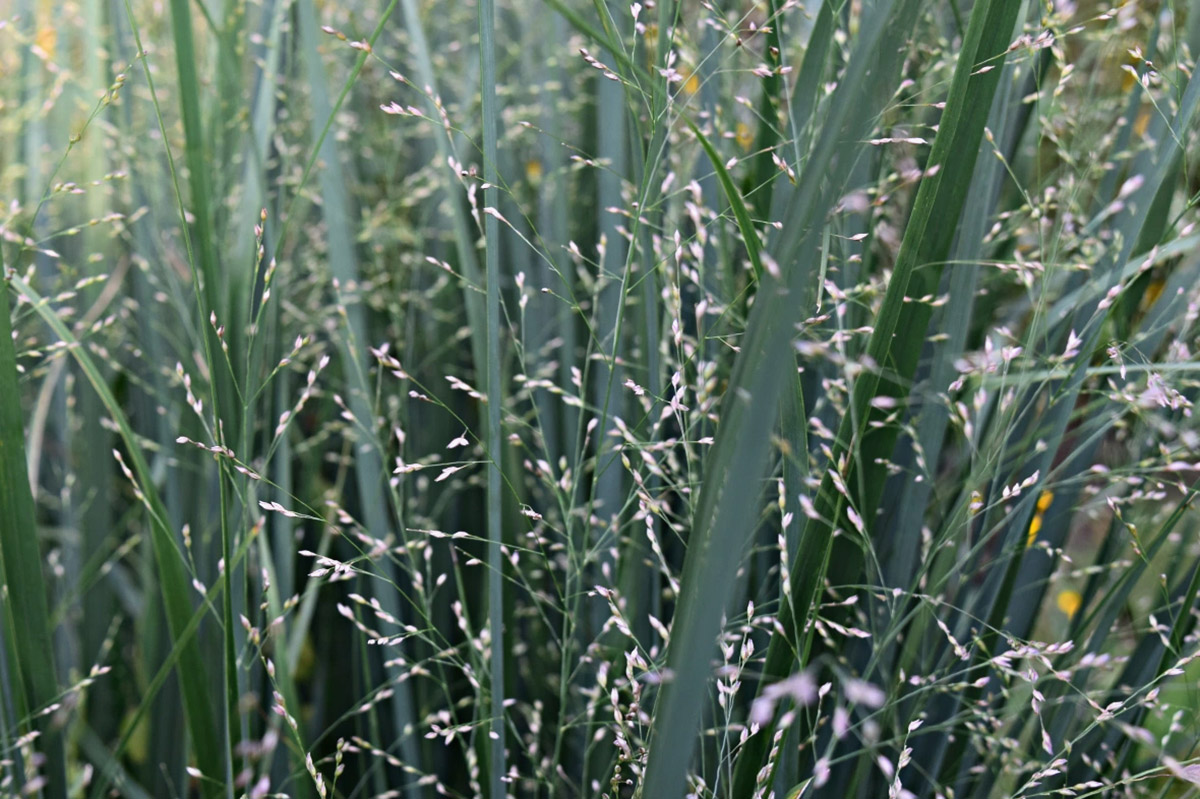

Garden Essentials
When Does Switchgrass Germinate
Modified: March 16, 2024
Want to know when switchgrass germinates in your garden? Find out the perfect time for seed germination and tips for a successful growth.
(Many of the links in this article redirect to a specific reviewed product. Your purchase of these products through affiliate links helps to generate commission for Storables.com, at no extra cost. Learn more)
Introduction
Switchgrass (Panicum virgatum) is a versatile and resilient warm-season perennial grass that has gained popularity among gardeners and farmers alike. Its ability to thrive in a variety of soil types and withstand harsh environmental conditions makes it an attractive option for many landscaping and agricultural projects.
One of the key elements in successfully growing switchgrass is understanding when it germinates. Germination is the process by which a plant seed starts developing roots and shoots, ultimately leading to the formation of a new plant. When and how switchgrass seeds germinate can vary depending on various factors such as temperature, moisture, light, and other environmental conditions.
In this article, we will delve deeper into the factors that affect switchgrass germination and explore the optimal conditions required for successful seed germination. We will also discuss the average germination time and rate of switchgrass seeds, as well as provide tips on how to enhance germination for a bountiful switchgrass crop.
Understanding the germination process is crucial, as it allows gardeners and farmers to time their planting accordingly and maximize the chances of successful establishment and growth. Whether you are planning to incorporate switchgrass in your garden or looking to establish it for erosion control, wildlife habitat, or bioenergy production, knowing when and how switchgrass germinates is integral to achieving your desired results.
So, let”s dive into the fascinating world of switchgrass germination and equip ourselves with valuable insights to ensure the success of our switchgrass cultivation endeavors.
Key Takeaways:
- Switchgrass germinates best in soil temperatures between 60°F and 70°F. Adequate moisture, shallow planting, and exposure to sunlight are crucial for successful germination.
- Enhance switchgrass germination by pre-soaking seeds, providing consistent moisture, and controlling temperature. Understanding germination time and rate is essential for successful establishment.
Read more: When Does Kale Germinate
Factors Affecting Switchgrass Germination
Switchgrass germination is influenced by a combination of environmental factors that play a crucial role in seed viability and successful establishment. Understanding these factors can help gardeners and farmers create optimal conditions for switchgrass seed germination. Let’s explore the key factors that affect switchgrass germination:
1. Temperature: Temperature plays a significant role in switchgrass germination. Switchgrass seeds germinate best when the soil temperature is between 60°F and 70°F (15°C – 21°C). Soil temperatures below this range can slow down germination, while temperatures above can hinder or even prevent germination altogether. It’s important to monitor soil temperature and plan your planting accordingly.
2. Moisture: Adequate moisture is essential for switchgrass germination. Before planting, ensure that the soil is evenly moist but not waterlogged. Sow the seeds at a depth of around ¼ inch (0.6 cm) and gently press the soil to ensure good seed-to-soil contact. Regular watering is necessary, especially during dry spells, to keep the soil consistently moist throughout the germination process.
3. Light: Switchgrass seeds have light-dependent germination, which means they require exposure to sunlight for optimal germination. It’s important not to bury the seeds too deep in the soil, as they need access to light to trigger germination. Sow the seeds shallowly and lightly cover them with a thin layer of soil.
4. Soil Quality: The quality of the soil directly impacts switchgrass germination. Switchgrass prefers well-draining soils with good organic matter content. Soils that are too compacted or have poor drainage can impede germination by preventing adequate water infiltration and root development. Improve soil quality by incorporating organic matter, such as compost or well-rotted manure, prior to planting.
5. Seed Quality: The quality of switchgrass seeds also affects germination. Obtain seeds from reputable sources to ensure high viability and germination rates. Look for fresh, plump seeds that are free from damage or disease. Conduct a simple germination test before planting by placing a sample of seeds on a moist paper towel and keeping them in a warm location. After a few days, check how many seeds have sprouted to gauge seed viability.
By considering these factors and creating optimal conditions, you can improve the chances of successful switchgrass germination. Keep in mind that switchgrass germination can take anywhere from 7 to 30 days, depending on various factors. Be patient and provide the necessary care to support the germination process.
In the next sections, we will explore more specific requirements, such as temperature, moisture, and light, which are critical to switchgrass germination. Understanding these requirements will enable you to fine-tune your gardening practices and optimize switchgrass seed germination.
Temperature Requirements for Switchgrass Germination
Temperature plays a vital role in the germination success of switchgrass seeds. Understanding the temperature requirements can help gardeners and farmers create optimal conditions for seed germination. Here are the key temperature considerations for switchgrass germination:
1. Optimal Soil Temperature: Switchgrass seeds germinate best when the soil temperature is between 60°F and 70°F (15°C – 21°C). This temperature range provides an ideal environment for the seeds to break dormancy and initiate germination. As the soil temperature rises within this range, the germination rate increases, allowing for quicker and more uniform seedling emergence.
2. Warm-Season Grass: Switchgrass is classified as a warm-season grass, which means it thrives in warm temperatures. Unlike cool-season grasses that germinate best in cooler temperatures, switchgrass requires higher temperatures for successful germination and growth.
3. Germination Time: Switchgrass germination typically occurs within 7 to 30 days, depending on the temperature and other environmental factors. Higher soil temperatures within the optimal range can expedite the germination process, while lower temperatures can prolong it.
4. Monitoring Soil Temperature: To ensure optimal conditions for switchgrass germination, it is important to monitor the soil temperature using a soil thermometer. Insert the thermometer into the soil at a depth of about 2 inches (5 cm) at the time of planting and record the readings. This will help you determine if the soil temperature is within the recommended range for switchgrass germination.
5. Seasonal Considerations: It’s crucial to consider the time of year when planning switchgrass seed sowing. Ideally, aim to sow the seeds when the soil temperature is consistently within the optimal range for germination. In many regions, this occurs in late spring or early summer when the soil has warmed up after the cold winter months.
6. Protecting Seeds from Frost: Switchgrass seeds are vulnerable to frost damage, so it’s important to avoid planting them too early in the season when the risk of frost is still present. If necessary, you can start the seeds indoors or in a protected area and transplant the seedlings once the danger of frost has passed.
By understanding and meeting the temperature requirements for switchgrass germination, you can enhance the chances of successful seedling establishment. Remember to consider the soil temperature, seasonal timing, and protect the seeds from frost if needed. Providing the optimal temperature conditions will play a crucial role in maximizing germination rates and ensuring the healthy growth of switchgrass.
Moisture Requirements for Switchgrass Germination
Adequate moisture is essential for successful switchgrass germination. Understanding the moisture requirements can help gardeners and farmers create optimal conditions for seed germination. Here are the key considerations for switchgrass germination:
1. Pre-Planting Preparation: Before sowing switchgrass seeds, it is important to prepare the soil by ensuring it is evenly moist but not waterlogged. If the soil is too dry, the seeds may struggle to absorb water and initiate germination. On the other hand, if the soil is overly saturated, it can lead to poor oxygen exchange and potential seed rot. Aim for a soil moisture level that feels slightly moist to the touch.
2. Watering: Once the switchgrass seeds are sown, it is crucial to provide consistent moisture to the soil. Regular watering is necessary, especially during dry spells, to keep the soil consistently moist. However, overwatering should be avoided, as it can lead to fungal diseases and root rot. Water the soil gently with a sprinkler or soaker hose to prevent seed displacement.
3. Germination Medium: Depending on the cultivation method, switchgrass seeds can be sown directly into the soil or started indoors in a seed tray. If using a seed tray, ensure that the germination medium, such as seed-starting mix or a combination of peat and perlite, is adequately moist but not waterlogged. Proper moisture provides an ideal environment for seeds to imbibe water and initiate germination.
4. Consistency: Maintaining consistent moisture throughout the germination period is crucial. Inconsistent moisture levels can hinder germination and result in uneven seedling emergence. Regularly monitor the soil moisture level and adjust watering frequency to prevent the soil from drying out or becoming too saturated. Mulching can help retain soil moisture and regulate temperature fluctuations.
5. Germination Duration: Switchgrass germination typically takes place within 7 to 30 days. During this period, it is important to ensure that the soil remains moist to support the growth of emerging seedlings. Once the seedlings have established and developed a strong root system, they become more resilient to temporary moisture fluctuations.
6. Drainage: Along with adequate moisture, proper drainage is essential for switchgrass germination. Excess waterlogged soil can suffocate the seeds and hinder germination. If the soil has poor natural drainage, consider amending it with organic matter to improve drainage. Raised beds can also be an effective way to ensure better water flow and prevent waterlogging.
By providing consistent moisture without overwatering or allowing the soil to become dry, you can optimize switchgrass germination. Regular monitoring and adjustment of moisture levels, proper watering techniques, and ensuring adequate drainage are key factors in supporting successful switchgrass seed germination. With the right moisture requirements met, you can expect to see healthy, vigorous switchgrass seedlings emerging from the soil.
Light Requirements for Switchgrass Germination
Switchgrass seeds have specific light requirements for optimal germination. Understanding these requirements can help gardeners and farmers create ideal growing conditions. Here are the key considerations for switchgrass germination in relation to light:
1. Light-Dependent Germination: Switchgrass seeds exhibit light-dependent germination, which means they require exposure to sunlight for proper germination. Unlike some seeds that germinate in complete darkness or diffused light conditions, switchgrass seeds need direct or indirect sunlight to initiate the germination process.
2. Shallow Planting: When sowing switchgrass seeds, it is important to plant them at an appropriate depth. Shallow planting ensures that the seeds are closer to the soil surface, allowing them to receive sufficient light for germination. A general guideline is to plant the seeds no deeper than ¼ inch (0.6 cm) and lightly cover them with a thin layer of soil.
3. Avoid Excessive Coverage: One common mistake when planting switchgrass seeds is burying them too deep. If seeds are covered with excessive soil or buried too deeply, they may not receive enough light to trigger germination. It is crucial to provide the seeds with access to sunlight while ensuring they are protected and in proper contact with the soil.
4. Indoor Germination: If starting switchgrass seeds indoors or in a controlled environment, place them in a location that receives adequate sunlight or use grow lights to provide the necessary light intensity and duration. Providing 12-16 hours of light per day is beneficial for switchgrass seedling development and can mimic natural sunlight conditions.
5. Outdoor Planting: For outdoor planting, choose a sunny location with an adequate amount of sunlight exposure. Avoid areas where switchgrass seeds may be shaded by overhanging trees or other structures. Ensure that the chosen location receives full or partial sunlight for most of the day, as this will promote healthy germination and seedling growth.
6. Direct Sunlight: While switchgrass seeds require light for germination, intense and direct sunlight for extended periods can potentially dry out the soil quickly, hampering the germination process. To strike the right balance, provide some shade or use mulch to retain moisture in the soil while ensuring the seeds receive the necessary sunlight for germination.
By providing switchgrass seeds with the appropriate access to light, you can enhance the germination process and promote healthy seedling establishment. Remember to plant the seeds at a shallow depth, avoid excessive coverage, and choose a sunny location with proper sunlight exposure. By meeting the light requirements, you can expect successful switchgrass germination and the emergence of robust seedlings ready to thrive in your garden or landscape.
Switchgrass typically germinates in the spring when soil temperatures reach around 60°F (15°C). It is important to plant switchgrass seeds at the right time to ensure successful germination.
Read more: When Does Chickweed Germinate
Germination Time of Switchgrass Seeds
The germination time of switchgrass seeds can vary depending on several factors, including environmental conditions and seed quality. Understanding the average germination time can help gardeners and farmers plan their planting schedules and monitor the progress of their switchgrass crop. Here are some key points to consider regarding the germination time of switchgrass seeds:
1. Typical Germination Period: On average, switchgrass seeds germinate within a range of 7 to 30 days. This means that from the time of sowing, you can expect to see the emergence of the first seedlings within this period. However, it’s important to note that individual seedlings may continue to emerge over a more extended period, resulting in staggered germination.
2. Temperature Effects: Temperature greatly influences the germination time of switchgrass seeds. Higher soil temperatures within the optimal range of 60°F to 70°F (15°C – 21°C) can expedite germination and lead to quicker seedling emergence. In contrast, lower temperatures can prolong the germination period, potentially exceeding the standard 7 to 30 days.
3. Seed Quality: The quality and viability of switchgrass seeds can affect the germination time. High-quality seeds obtained from reputable sources typically have higher rates of successful germination and a shorter germination period. Conducting a germination test prior to planting can provide an estimate of the viability and potential germination time of a seed batch.
4. Environmental Conditions: Factors such as moisture levels, light exposure, and soil quality also play a role in determining the germination time of switchgrass seeds. Optimal moisture and light conditions, along with well-drained and fertile soil, create favorable conditions for quicker and more uniform germination.
5. Patience and Monitoring: It’s important to be patient and monitor the progress of switchgrass seed germination. While the average germination time is within the 7 to 30-day range, it’s not uncommon for some seeds to take longer to germinate. Monitoring the planting area and regularly inspecting for emerging seedlings will provide insights into the progress of germination.
6. Staggered Emergence: Switchgrass seeds may exhibit staggered emergence, meaning that seedlings may continue to emerge over a period of several weeks. This variability is normal and can be attributed to genetic differences and the varying responses of individual seeds to environmental conditions.
By understanding the typical germination time of switchgrass seeds, you can better plan and manage your planting schedule. Remember that factors like temperature, seed quality, and environmental conditions can influence the germination time and may result in some variation. Patience and regular monitoring will allow you to gauge the progress of germination and ensure the successful establishment of your switchgrass crop.
Germination Rate of Switchgrass Seeds
The germination rate of switchgrass seeds refers to the percentage of seeds that successfully germinate and develop into healthy seedlings. Understanding the germination rate is crucial for estimating seed viability and predicting the number of seedlings that will emerge. Here are some key points to consider regarding the germination rate of switchgrass seeds:
1. Seed Viability: The germination rate is a direct reflection of the seed’s viability. Viability refers to the ability of a seed to germinate and grow into a healthy plant. High-quality switchgrass seeds obtained from reputable sources typically have higher germination rates and are more likely to produce robust seedlings.
2. Seed Quality: Switchgrass seeds with higher quality tend to have higher germination rates. When purchasing switchgrass seeds, it is important to choose seeds that are fresh, plump, and free of damage or disease. Seeds that have been stored in proper conditions and have not exceeded their viability period are more likely to exhibit higher germination rates.
3. Germination Test: Conducting a germination test can provide valuable insights into the germination rate of a batch of switchgrass seeds. This test involves placing a representative sample of seeds on a moist paper towel or in a germination tray and monitoring the percentage of seeds that successfully germinate. The results of the germination test can help estimate the germination rate for the entire seed batch.
4. Environmental Conditions: The germination rate can also be influenced by environmental conditions such as temperature, moisture, and light availability. Providing optimal conditions, including the recommended temperature range, consistent moisture, and appropriate light exposure, can help maximize the germination rate of switchgrass seeds.
5. Breeding and Genetic Variability: Different switchgrass cultivars and populations may have varying germination rates due to genetic differences. Some cultivars may have naturally higher or lower germination rates compared to others. It is important to select cultivars or populations with known high germination rates for improved success.
6. Storing and Handling: Proper storage and handling of switchgrass seeds can help maintain their viability and ensure higher germination rates. Seeds should be stored in cool, dark, and dry conditions to prevent deterioration. Careful handling and avoiding rough treatment can also help preserve the integrity of the seeds, increasing the likelihood of successful germination.
By understanding and assessing the germination rate of switchgrass seeds, gardeners and farmers can estimate the number of viable seeds that will successfully germinate and develop into healthy seedlings. This knowledge is valuable in determining seeding rates, planning for adequate seed quantities, and optimizing the success of switchgrass cultivation projects.
Methods to Enhance Switchgrass Germination
Switchgrass germination can be enhanced through various methods and techniques. By optimizing the growing conditions and providing the necessary care, you can improve the germination rate and ensure successful establishment of switchgrass. Here are some effective methods to enhance switchgrass germination:
1. Seed Scarification: Switchgrass seeds have a hard outer coat that can inhibit germination. Scarification involves lightly damaging the seed coat to facilitate water absorption and hasten germination. This can be done by nicking the seed coat with a sharp knife or rubbing the seeds gently with sandpaper. However, be careful not to damage the embryo within the seed.
2. Stratification: Some switchgrass varieties benefit from a period of cold stratification to break seed dormancy. This process simulates the natural process where seeds experience cold temperatures over the winter before germination in the spring. Place switchgrass seeds in a moist medium, such as vermiculite or peat moss, and refrigerate them for several weeks before sowing.
3. Pre-Soaking: Pre-soaking switchgrass seeds in water for a few hours or overnight can help improve germination. This method allows the seeds to absorb water and initiate germination more easily. Drain the excess water before planting the pre-soaked seeds to prevent waterlogging.
4. Planting Depth: Switchgrass seeds should be sown at a shallow depth to ensure they receive sufficient light for germination. Planting the seeds no deeper than ¼ inch (0.6 cm) and lightly covering them with a thin layer of soil is recommended. This allows for easier access to light and promotes quicker and more successful seedling emergence.
5. Moisture Management: Consistent moisture is crucial for switchgrass germination. Monitor the soil moisture level and water regularly to keep the soil evenly moist. However, be cautious not to overwater, as it can lead to waterlogging and rotting of the seeds. Mulching can help retain moisture in the soil and regulate temperature fluctuations.
6. Temperature Control: Maintaining the recommended temperature range of 60°F to 70°F (15°C – 21°C) is important for switchgrass germination. Ensure that the soil temperature remains within this range by monitoring it with a soil thermometer. Using row covers or cold frames can help maintain a more controlled environment and provide additional warmth during cooler periods.
7. Weed Control: Keeping the planting area free from weeds is essential for switchgrass germination. Weeds can compete with the emerging seedlings for nutrients, water, and light, inhibiting germination and growth. Regularly weed the area before and after germination to give the switchgrass seedlings the best chance to thrive.
8. Pest and Disease Management: Protecting switchgrass seedlings from pests and diseases is crucial for successful germination. Monitor for common pests like slugs, snails, and birds that may feed on the seeds or emerging seedlings. Implement appropriate pest control measures and practice good garden hygiene to prevent the spread of diseases.
By employing these methods, you can enhance switchgrass germination and set the stage for healthy seedling growth. Experimenting with different techniques and observing the results will help you find the most effective methods for your specific growing conditions. Creating optimal conditions and providing proper care will maximize the germination rate and ensure successful establishment of switchgrass in your garden or landscape.
Conclusion
Switchgrass germination is a crucial step in establishing a successful switchgrass crop for various applications, ranging from landscaping to agricultural purposes. By understanding the factors that affect switchgrass germination and implementing appropriate methods, gardeners and farmers can optimize the germination process and promote healthy seedling development.
Temperature plays a significant role in switchgrass germination, with an optimal soil temperature range of 60°F to 70°F (15°C – 21°C). Providing adequate moisture, but not overwatering, is essential for seed imbibition and germination. Switchgrass seeds require exposure to light for germination, making shallow planting and access to sunlight important factors to consider.
The germination time of switchgrass seeds typically ranges from 7 to 30 days, depending on various factors such as temperature, seed quality, and environmental conditions. Regular monitoring and patience are necessary during this period. Understanding the germination rate aids in estimating seed viability and predicting the success of germination. Switchgrass seeds with higher quality and favorable growing conditions tend to exhibit higher germination rates.
To enhance switchgrass germination, several methods can be employed. Seed scarification, cold stratification, pre-soaking, and planting at a shallow depth are effective techniques to improve germination. Proper moisture management, temperature control, weed control, and pest and disease management are also crucial for successful germination and seedling development.
By implementing these methods and understanding the specific requirements of switchgrass germination, gardeners and farmers can increase the chances of successful establishment and growth. Whether you are aiming to incorporate switchgrass into your garden, establish it for erosion control, or utilize it for bioenergy production, optimizing switchgrass germination is a key step towards achieving your goals.
Remember to consider the unique characteristics of your location, soil conditions, and climate when applying these germination techniques. Adapting and fine-tuning the methods to suit your specific circumstances will lead to the best outcomes. With proper care and attention, switchgrass will thrive, providing you with a resilient, sustainable, and visually appealing addition to your landscape or an abundant source of biomass.
In conclusion, understanding when and how switchgrass germinates, and implementing the appropriate methods to enhance germination, will set the foundation for a successful switchgrass cultivation project. By creating optimal conditions and providing the necessary care, you can ensure the healthy germination of switchgrass seeds and pave the way for a thriving crop in your garden or farm.
Frequently Asked Questions about When Does Switchgrass Germinate
Was this page helpful?
At Storables.com, we guarantee accurate and reliable information. Our content, validated by Expert Board Contributors, is crafted following stringent Editorial Policies. We're committed to providing you with well-researched, expert-backed insights for all your informational needs.
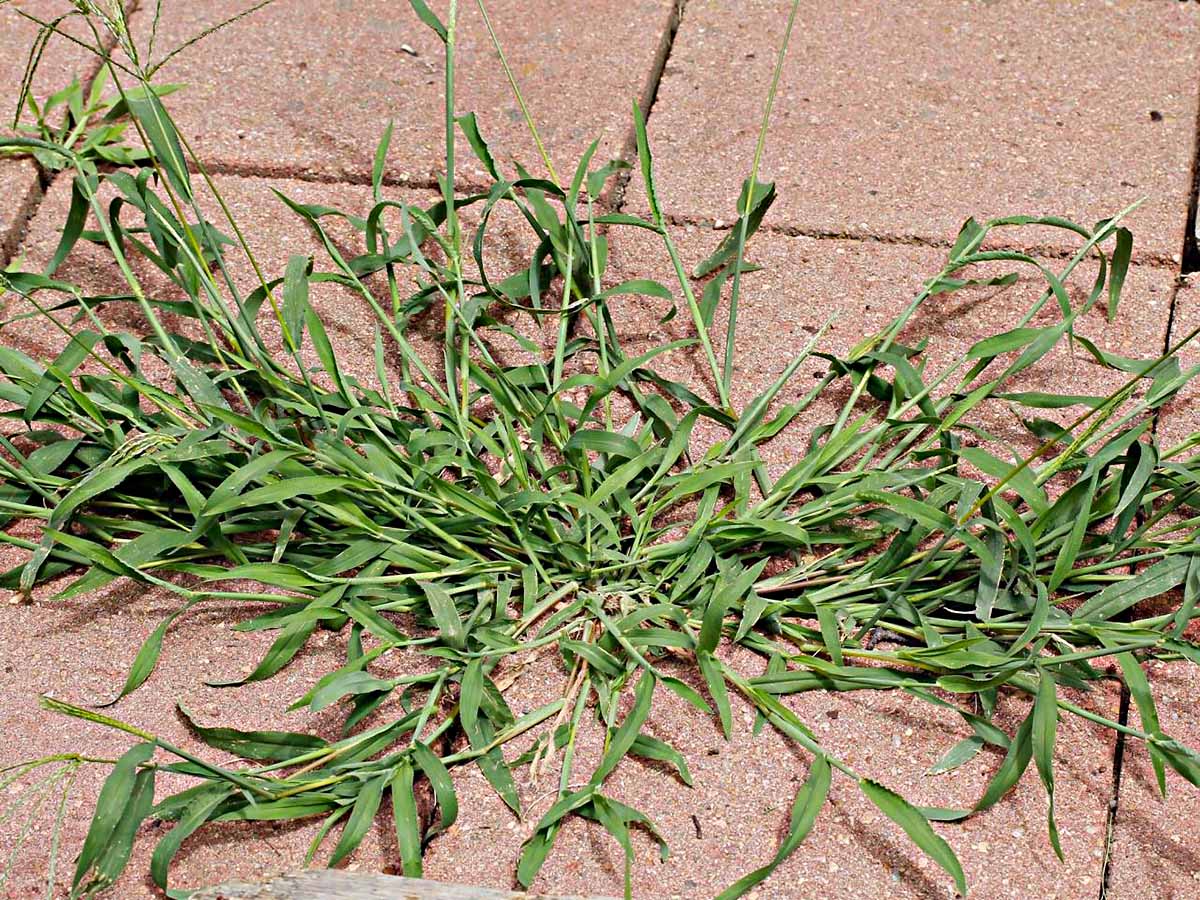

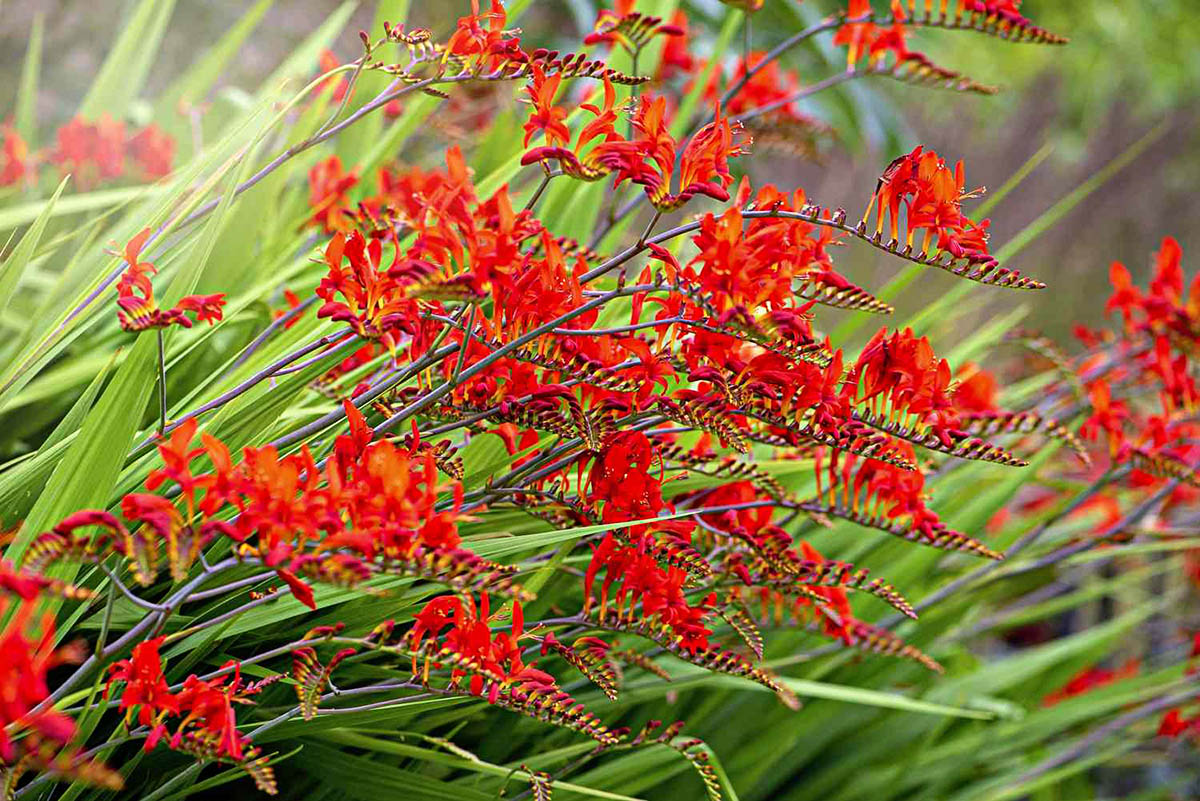
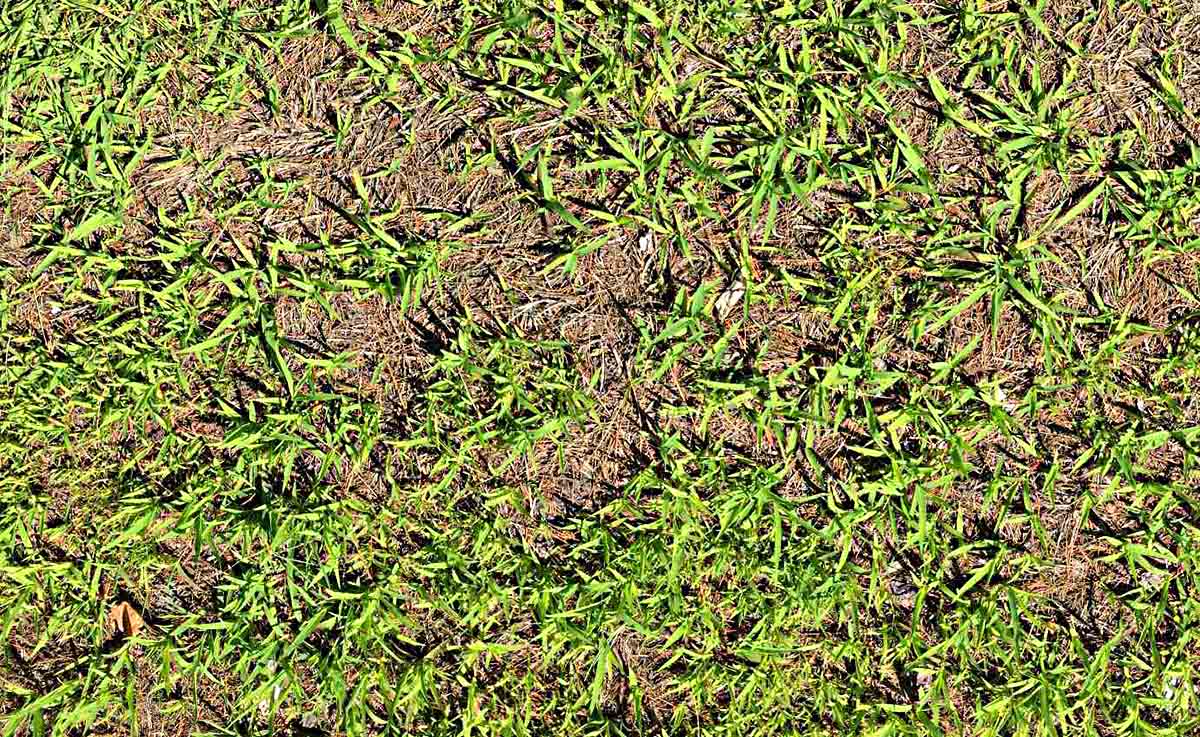
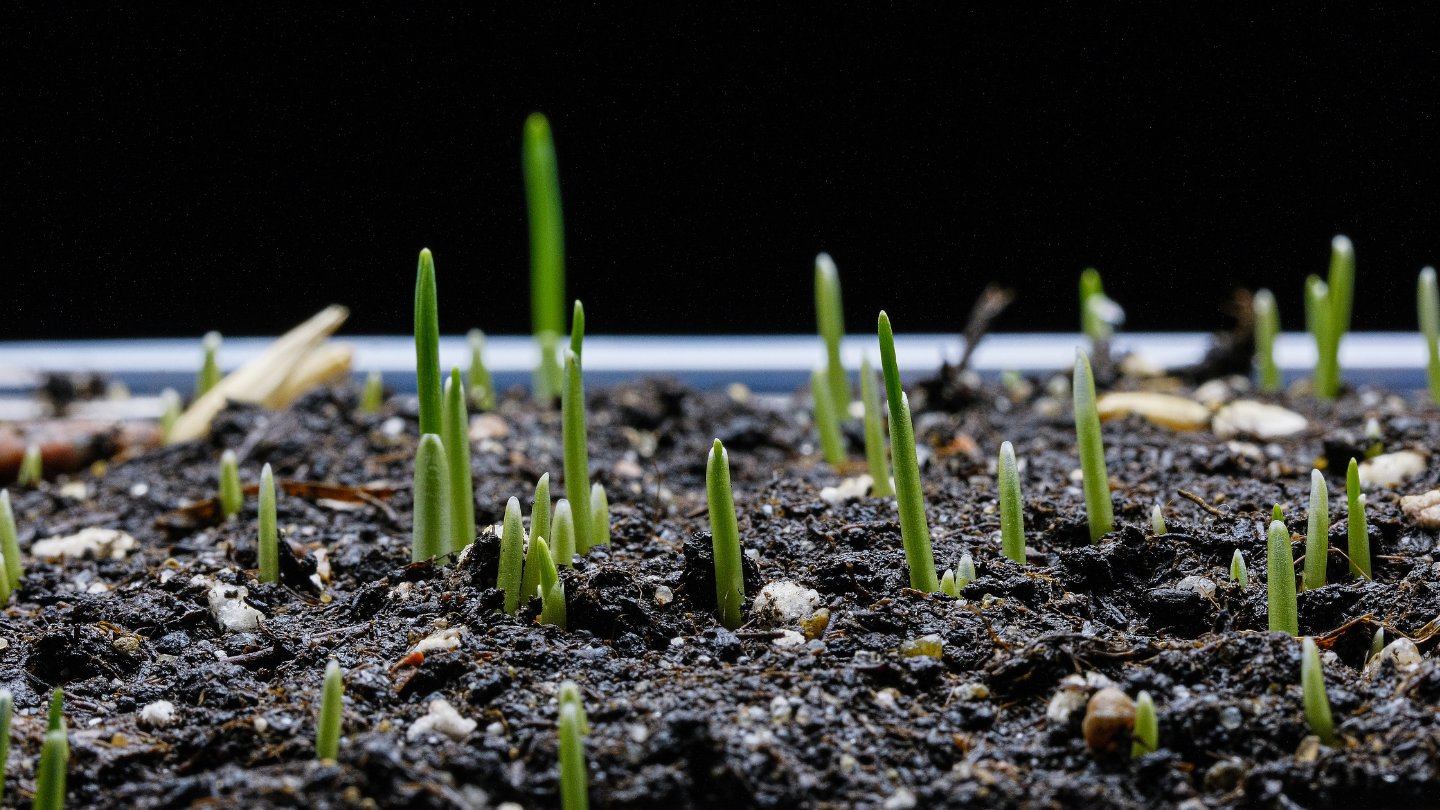

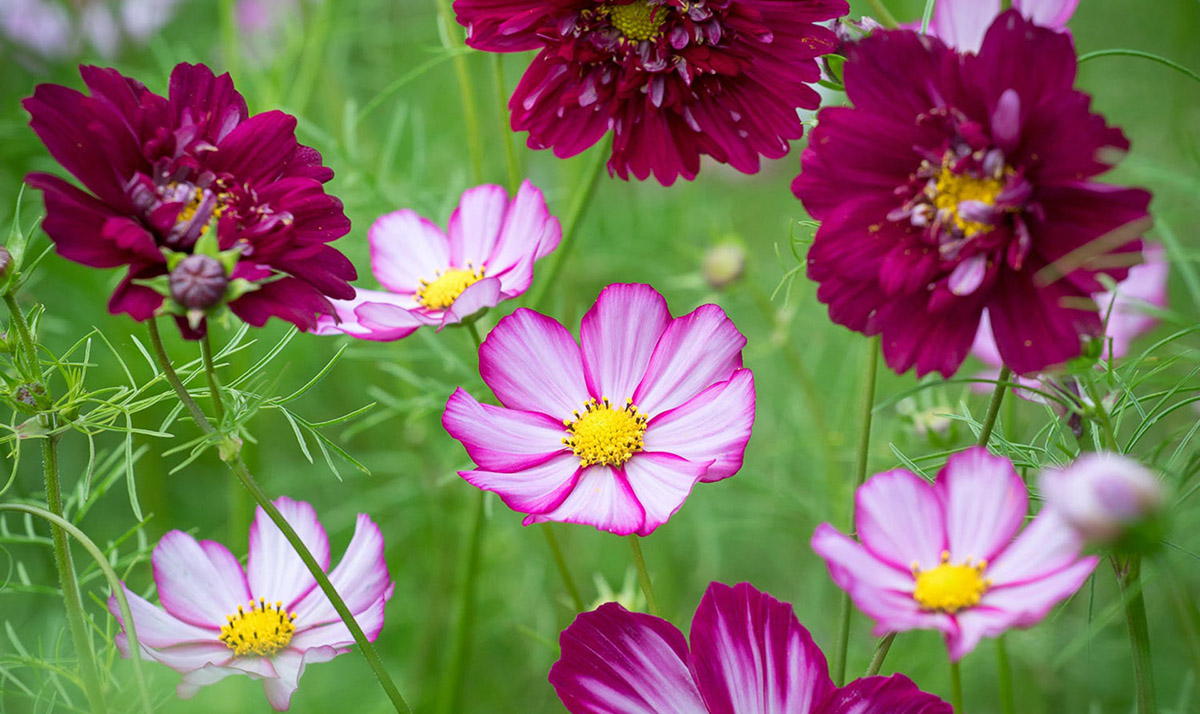
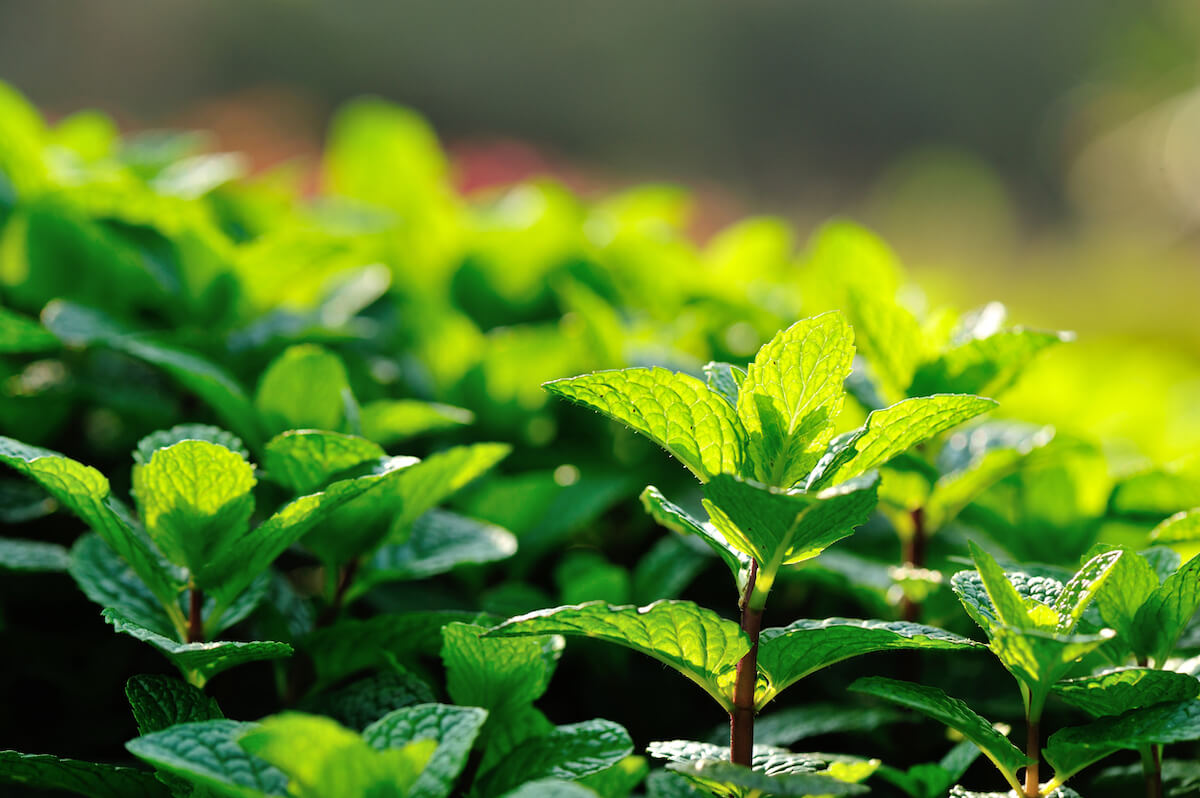
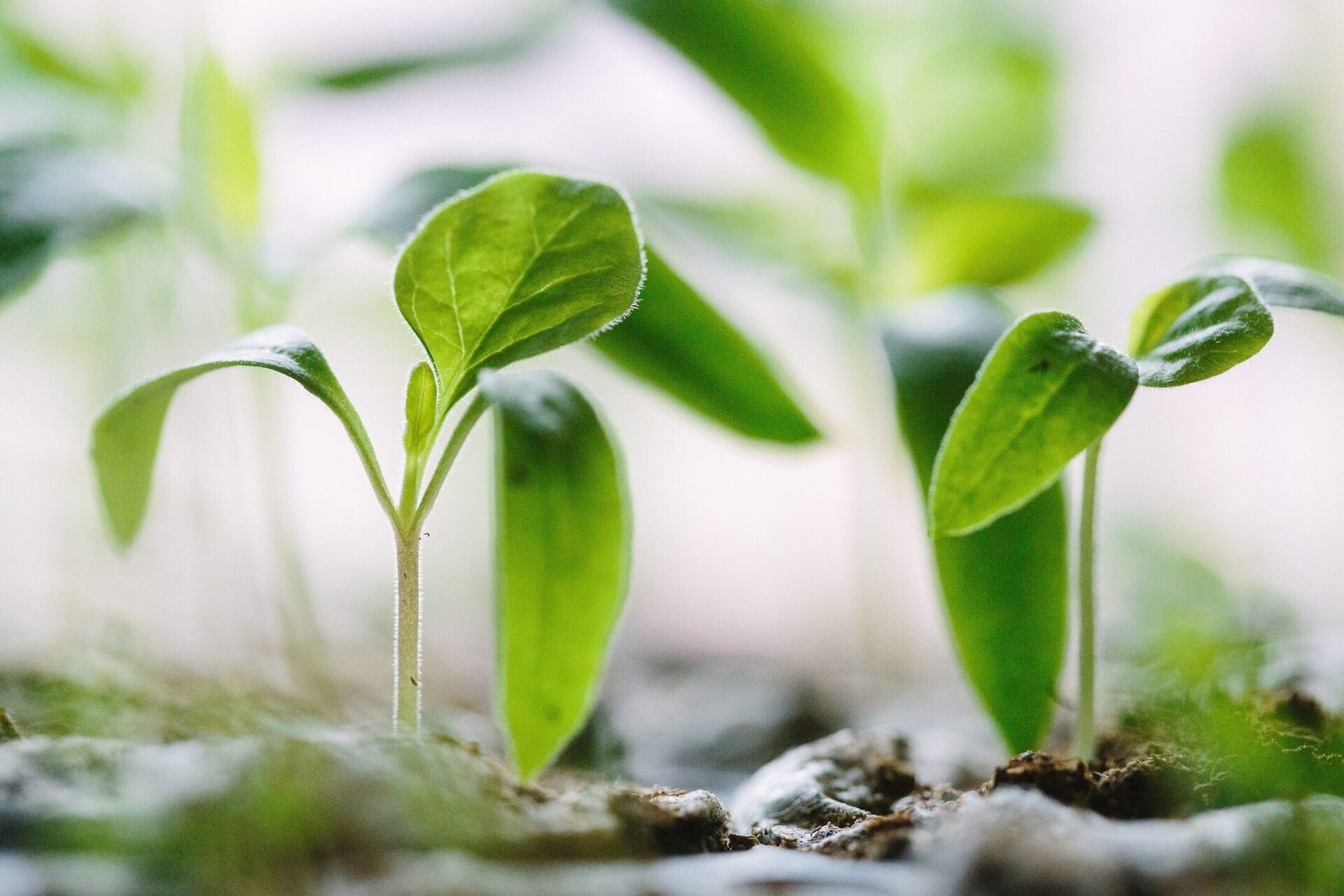
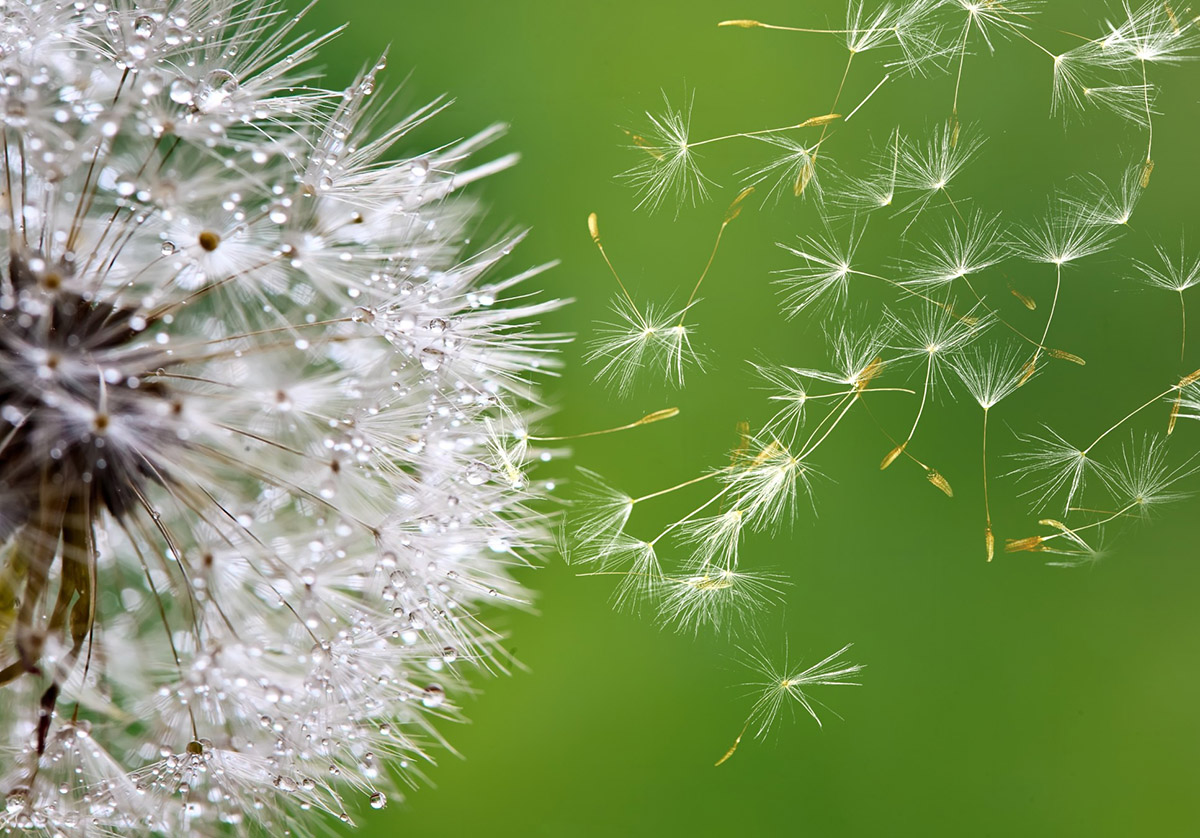
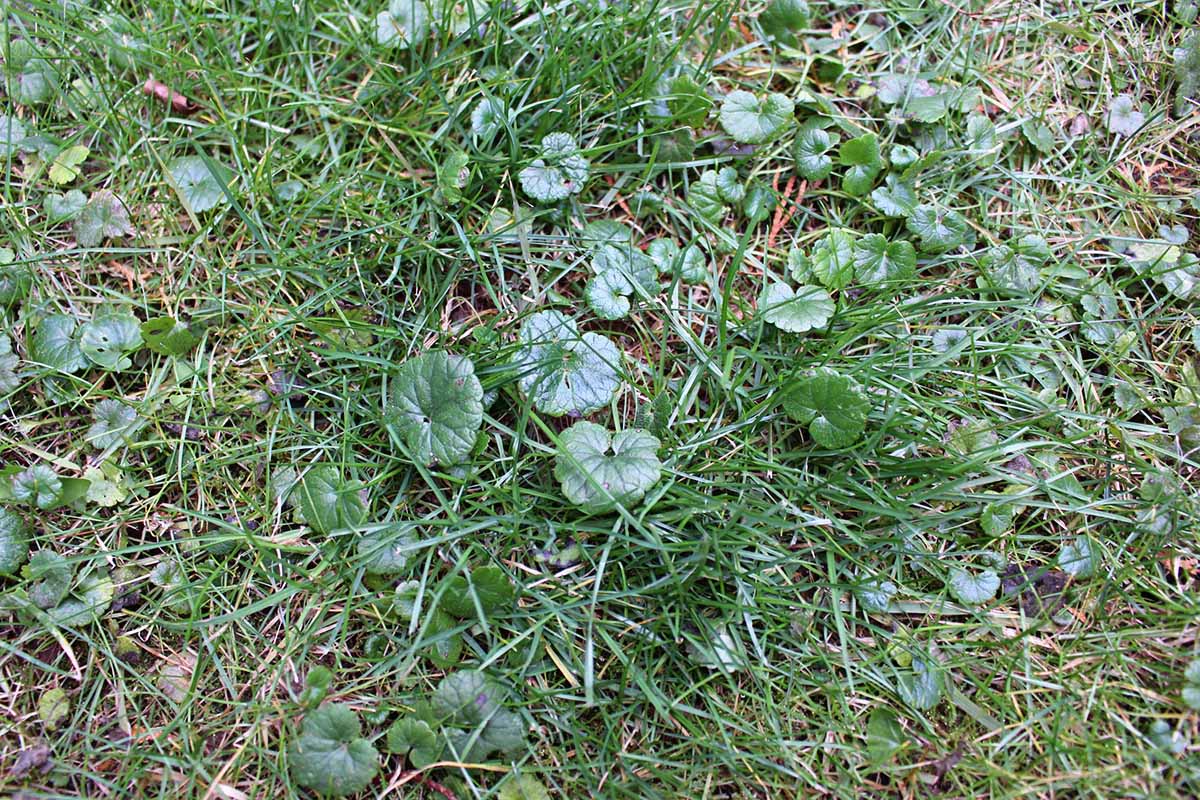
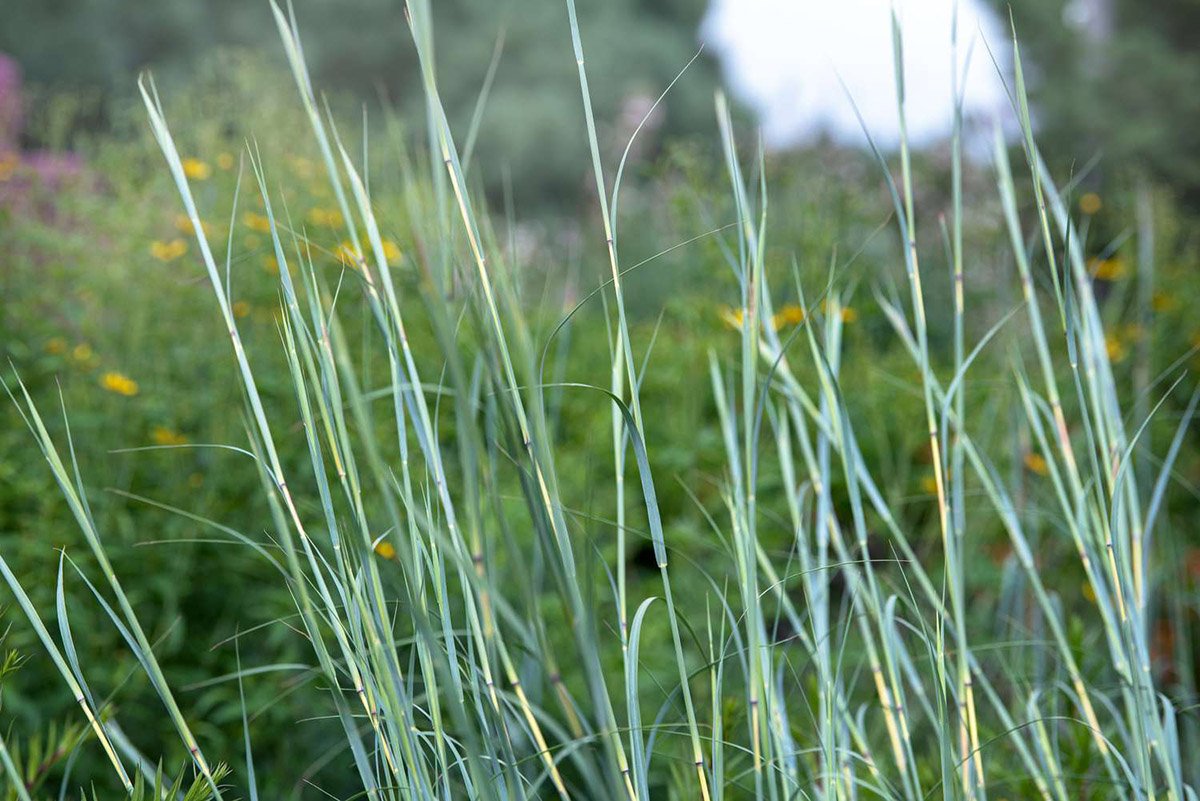

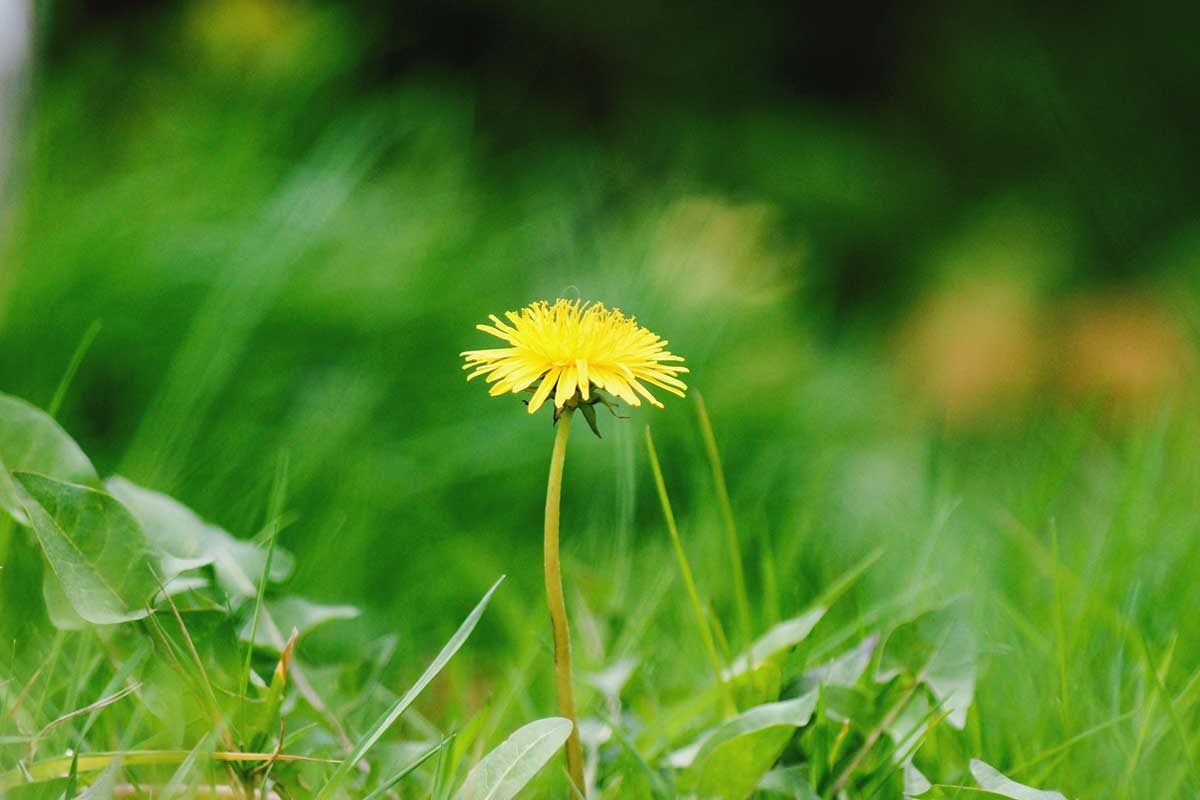

0 thoughts on “When Does Switchgrass Germinate”